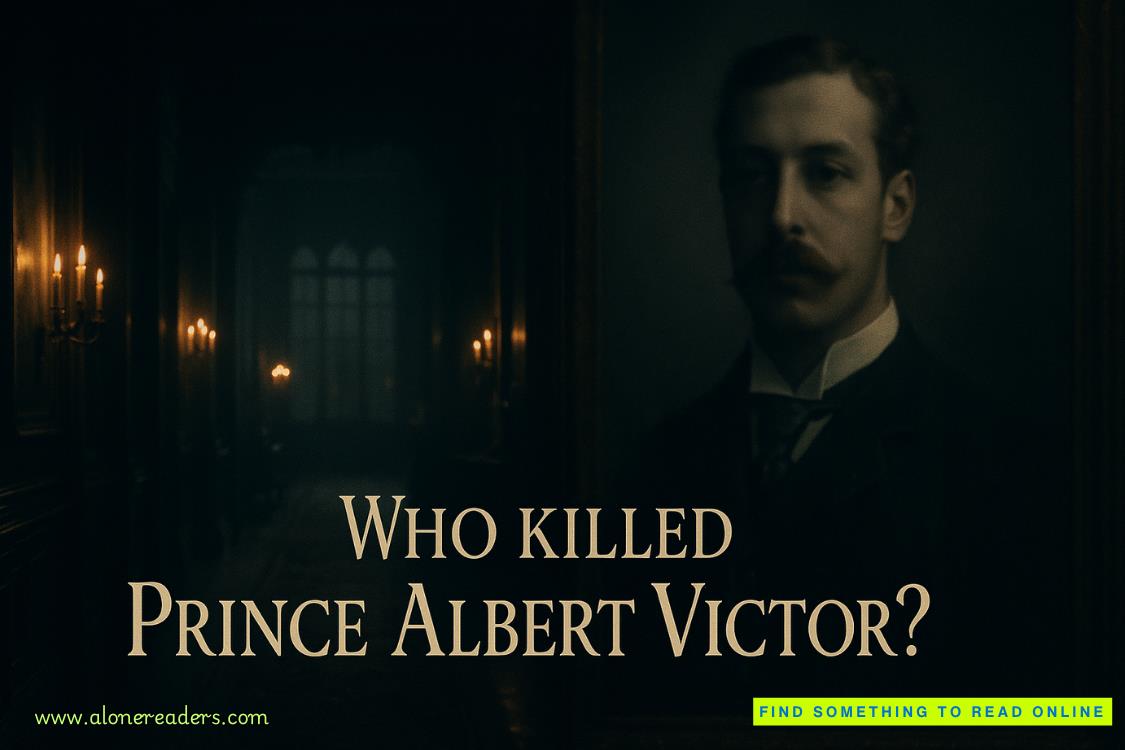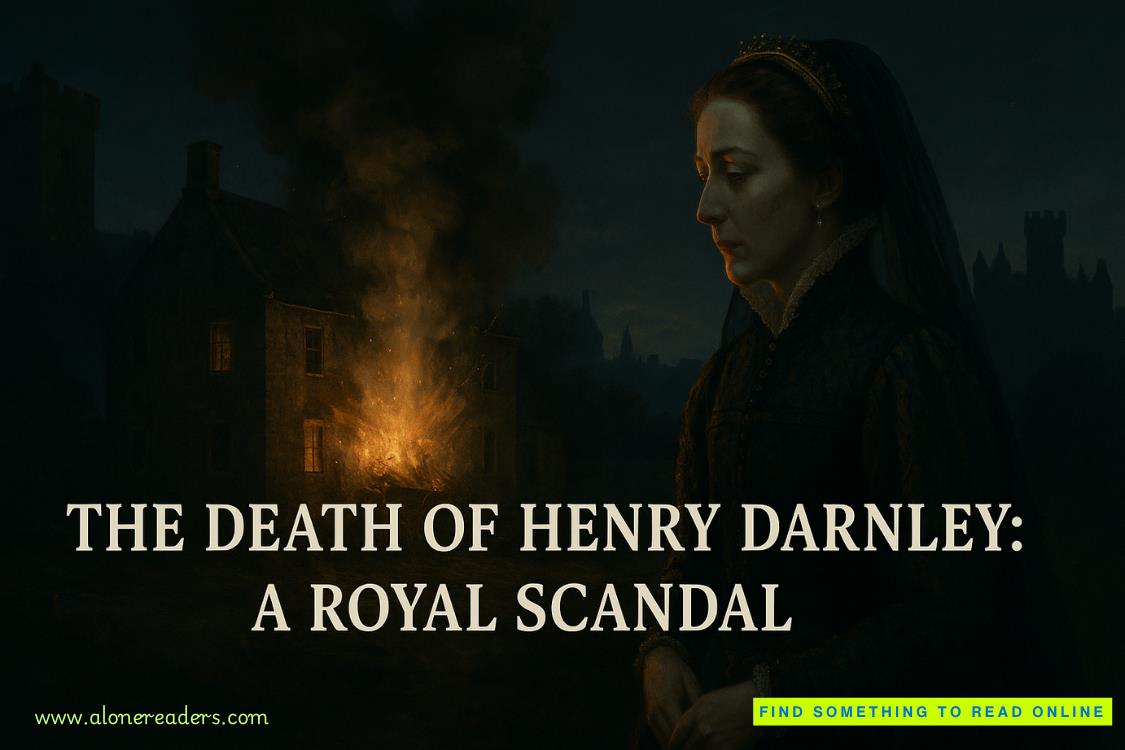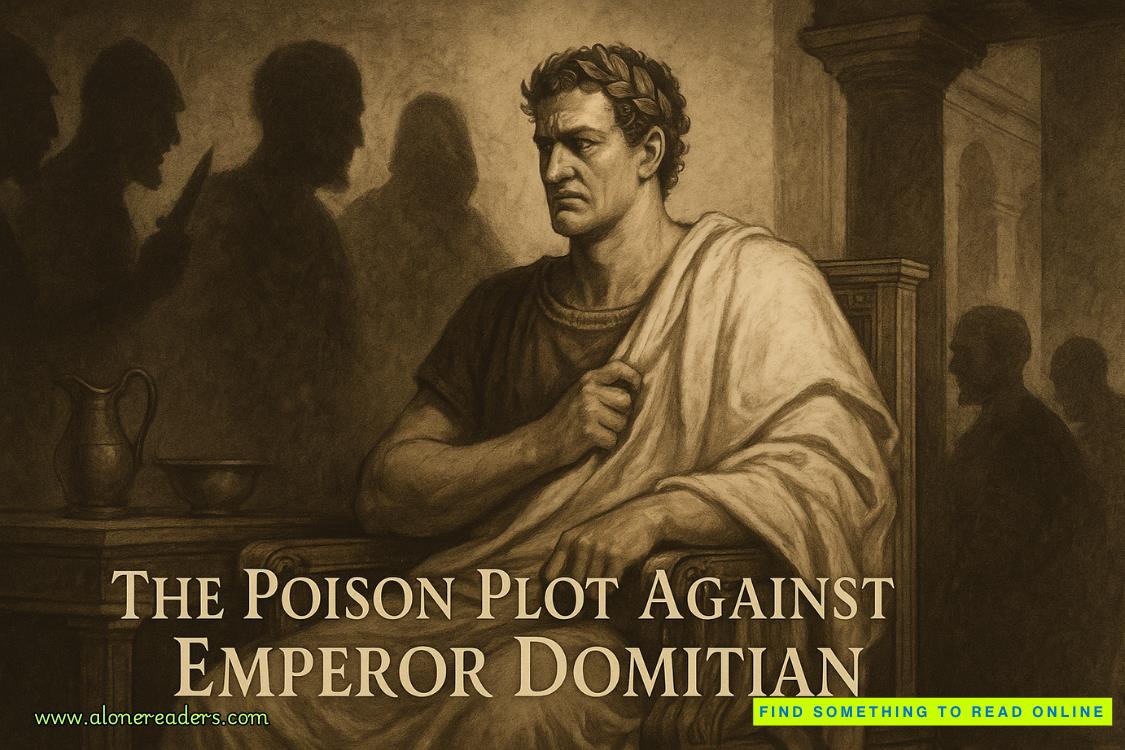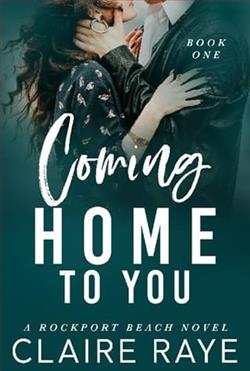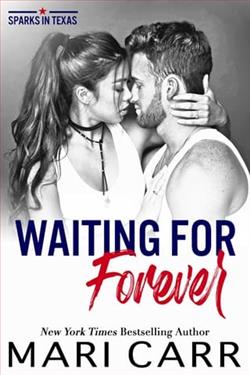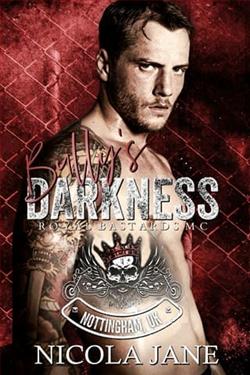Page 8 of The Girl Before
Clicking on each name brings up more pictures—no words, just images of the buildings. All are utterly minimal. All are built with the same attention to detail, the same high-quality materials, as One Folgate Street. There isn’t a single person in the photographs, or anything that even hints at human occupancy. The chapel and the beach house are almost interchangeable: heavy cubes of pale stone and plate glass. Only the view beyond the windows is different.
I go to Wikipedia.
Edward Monkford (b. 1980) is a British techno-architect associated with the minimalist aesthetic. In 2005, along with data technologist David Thiel and two others, he formed the Monkford Partnership. Together they have pioneered the development of domotics, intelligent domestic environments in which the house or building becomes an integrated organism with no extraneous or unnecessary elements.[1]
Unusually, the Monkford Partnership accepts only a single commission at a time. Their output to date has thus been intentionally small. They are currently working on their most ambitious project so far: New Austell, an eco-town of 10,000 homes in North Cornwall.[2]
I skim down through lists of awards. The Architectural Review called Monkford “a wayward genius,” while Smithsonian magazine described him as “Britain’s most influential starchitect…A taciturn trailblazer whose work is as unshowy as it is profound.”
I skip to “Private Life.”
In 2006, when still largely unknown, Monkford married Elizabeth Mancari, a fellow member of the Monkford Partnership. They had one son, Max, in 2007. Mother and child were killed in an accident during the construction of One Folgate Street (2008–2011), which had been intended to serve as the family home as well as being a showcase for the fledgling Partnership’s talents.[3] Some commentators[who?] have pointed to this tragedy, and Edward Monkford’s subsequent lengthy sabbatical in Japan, as the formative event behind the austere, highly minimalist style that made the Partnership’s name.
Returning from his sabbatical, Monkford abandoned the original plans for One Folgate Street—at the time still a building site[4]—and redesigned it from scratch. The resulting house became the recipient of several major awards, including a Stirling Prize from the Royal Institute of British Architects.[5]
I read the words again. So the house started with a death. Two deaths, in fact; a double bereavement. Is that why I felt so at home there? Is there some kind of affinity between those austere spaces and my own sense of loss?
Automatically I glance at the suitcase by the window. A suitcase full of baby clothes.
My baby died. My baby died and then, three days later, she was born. Even now, it’s the unnatural wrongness of it, the horror of that casual inversion of the proper order of things, that hurts almost more than anything.
Dr. Gifford, a consulting obstetrician despite being barely older than I am, had been the one to look me in the eye and explain that the baby would have to be born naturally. The risk of infections and other complications, plus the fact that a cesarean is a major surgical procedure, meant it was hospital policy not to offer one in cases of prenatal mortality. Offer—that was the word he used, as if having a baby by cesarean, even a dead one, was some kind of treat, like a free basket of fruit in a hotel. But they’d induce me with a drip, he said, and make the whole thing as fast and painless as possible.
I thought: But I don’t want it to be painless. I want it to hurt, and to have a live baby at the end of it. I found myself wondering if Dr. Gifford had children. Yes, I decided. Doctors married young, to other doctors usually, and he was far too nice not to have a family. He would go home that night and describe to his wife, over a pre-dinner beer, how his day had been, using words like prenatal mortality and full term and possibly bit grim. Then his daughter would show him a drawing she’d done at school, and he would kiss her and tell her she was brilliant.
